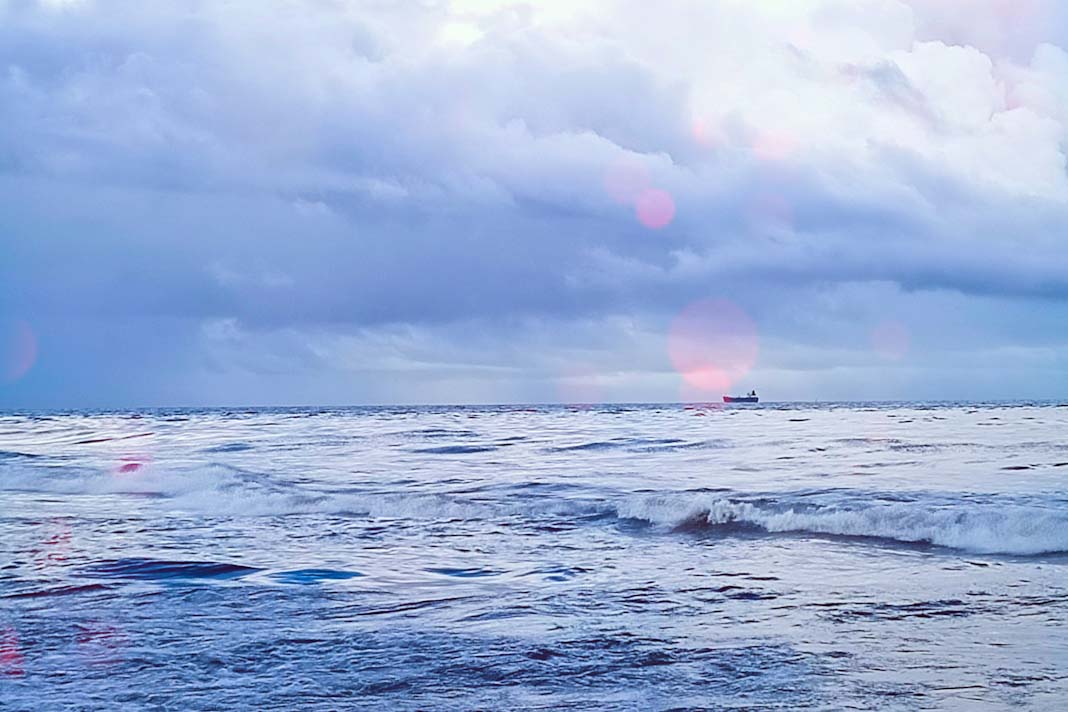
- Sea-going vessel visits to Rotterdam fell slightly, while inland vessel visits increased.
- Serious accidents lowered the Nautical Safety Index from 7.5 to 6.1.
- A 20 km/h speed limit around Erasmusbrug will improve safety.
- Cybersecurity and enforcement of Russian cargo sanctions remain priorities.
In 2024, the number of visits by incoming sea-going vessels in the Port of Rotterdam slightly declined from 27,886 to 27,617, while the number of visiting inland vessels increased from 89,183 to 91,356. The total number of ships in the port saw a minor increase compared to the previous year, according to the Port of Rotterdam.
The number of collisions in the port dropped from 157 to 148, with most being minor incidents. However, three serious accidents occurred, resulting in two fatalities—one from a fall caused by a loose hawser and another from a collapsed scaffolding following a collision. These incidents led to a drop in the Nautical Safety Index from 7.5 to 6.1. Despite an overall safe year, Harbour Master René de Vries highlighted concerns over passenger and recreational ship incidents.
New Safety Measures Near Erasmusbrug
A November 2024 collision between a water taxi and a water bus underscored the need for stronger safety regulations on the Nieuwe Maas near the Erasmusbrug. The Harbour Master has long advocated for a 20 km/h speed limit for all vessels in the area. This measure, now under discussion with the Dutch Ministry of Infrastructure and Water Management, is expected to be implemented in 2025. Additional proposals include a ban on crossing traffic near the bridge, a starboard-side quay requirement, and designated slow lanes for recreational vessels.
Preventing Inland Vessel Collisions with Bridges
Two collisions with the Willemsbrug in 2024, both due to skipper misjudgment, have brought attention to bridge-related risks. While the damage was minimal, these incidents drew significant public concern due to the urban setting. The Harbour Master is working to raise awareness among skippers about bridge heights and possible navigation risks. He suggests using traffic control to verify whether skippers are aware of their ship and cargo heights before passing under a bridge.
Collaborations with industry organizations, such as the Royal Dutch Inland Shipping Association (Koninklijke Binnenvaart Nederland) and Platform Zero Incidents, aim to enhance safety awareness. The Harbour Master is also exploring technological solutions, such as laser or lidar-based warning systems, to further reduce collision risks.
Strengthening Port Resilience Amid Geopolitical Risks
The Harbour Master’s Division is focused on enhancing the resilience of the port, particularly against geopolitical threats. Close cooperation with agencies such as the Dutch Ministry of Defence, the Rotterdam-Rijnmond Safety Region, and the National Coordinator for Security and Counterterrorism (NCTV) helps mitigate risks to port operations.
Cybersecurity & Digital Resilience in Rotterdam’s Port
As digital threats pose increasing risks to logistics and maritime operations, the Harbour Master emphasizes cybersecurity. The FERM Foundation, initially focused on Rotterdam and Moerdijk, was expanded into a national cybersecurity platform for all Dutch seaports under the Seaports Trade Organisation (Branche Organisatie Zeehavens, BOZ). This initiative strengthens digital resilience through industry collaboration, awareness programs, and cyber exercises.
Strict Enforcement of Sanctions on Russian Cargo
The Harbour Master has been actively involved in preventing sanctioned Russian cargo from entering the port. A biweekly coordination meeting led by the Ministry of Infrastructure and Water Management, in partnership with the Port Authority, Rijkswaterstaat, Customs, and the Coast Guard, ensures strict enforcement. Any vessel under a Russian flag or carrying unapproved Russian cargo is denied entry. If cargo legitimacy is unclear, the ship remains outside the port until Customs makes a final determination.
Harbour Master René de Vries continues to coordinate efforts to maintain the safe and efficient flow of maritime traffic while ensuring compliance with international regulations.
Did you subscribe to our daily Newsletter?
It’s Free Click here to Subscribe!
Source: Port of Rotterdam















